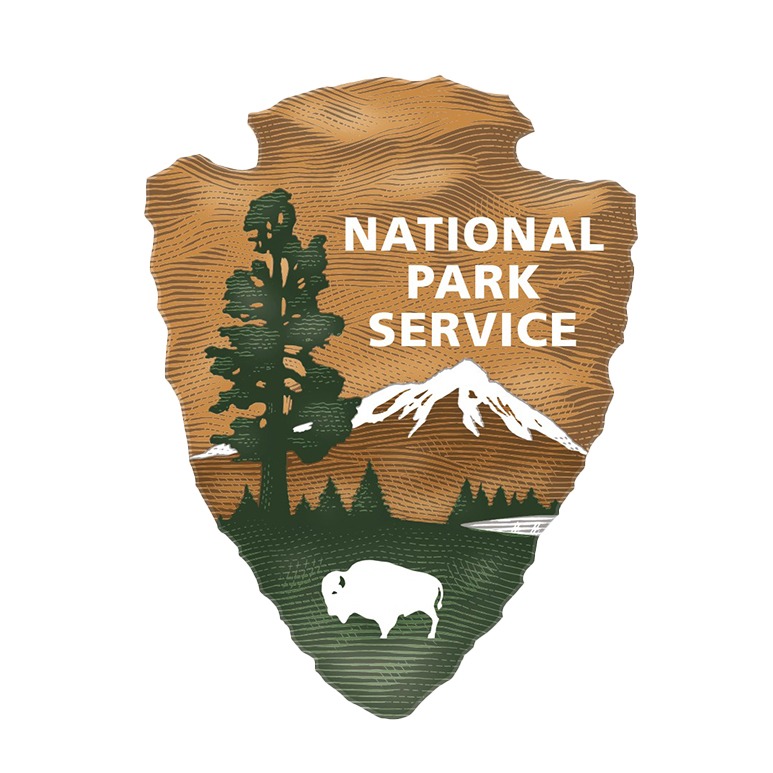*This is a 2021 archived project, view this year’s projects here.
This grant was originally approved for 2020, but the project was postponed due to the COVID-19 pandemic.
Project overview: Study John Muir Trail/Pacific Crest Trail hikers’ travel patterns and wilderness values to improve permit processes and protect habitat along popular long-distance routes.
How your support helps: Two famous long-distance trails pass through the park: the Pacific Crest National Scenic Trail (PCT) and the John Muir Trail (JMT). Both trails travel south from Tuolumne Meadows; the eastern portion of the JMT merges with the PCT through Lyell Canyon and over Donohue Pass.
Every year, thousands of people hike on that overlapping high country section of the PCT/JMT. Many start their journeys outside Yosemite, using permits issued by the U.S. Forest Service, which oversees adjacent public lands. For PCT/JMT hikers starting within Yosemite, the park uses a quota system that has been in place since the 1970s. While the trailhead quotas have shifted over the years, Yosemite’s resource managers recognize the need to gather more in-depth information and implement data-driven strategies to protect wilderness ecosystems and ensure high-quality hiking experiences along the popular PCT/JMT route. First, they need to address key questions: How many people are using the trail? Where do they start and end their journeys? What are their expectations for their time in the wilderness?
Building on recent donor-supported grants, your gifts this year will help researchers use survey results and behind-the-scenes analysis to better understand the current PCT/JMT hiking situation, including how many people are accessing the Yosemite section of the trail, what they value in a backcountry setting, and what hiking patterns might look like in the future. Results will inform ideas for improving resource management, including through updated permit systems and new trip-planning tools, ultimately helping agencies better protect wild ecosystems and positive recreational opportunities.
Project partners: Yosemite National Park; Pennsylvania State University; and University of California, Merced.

